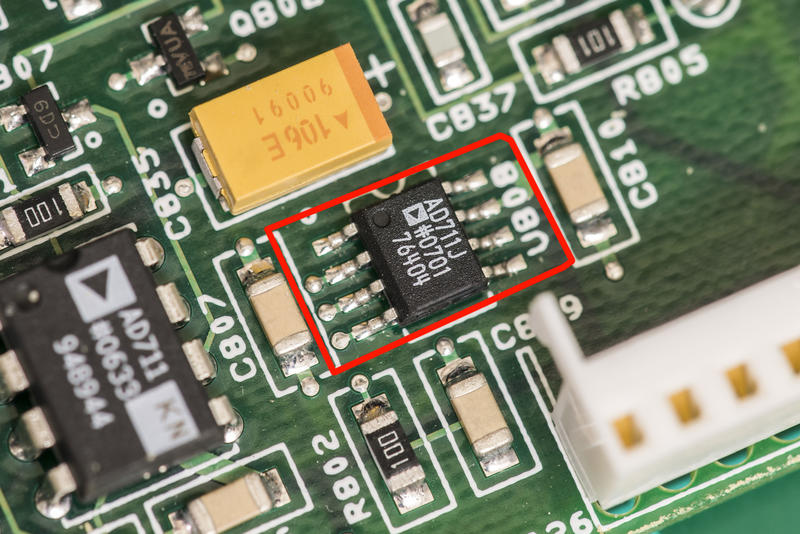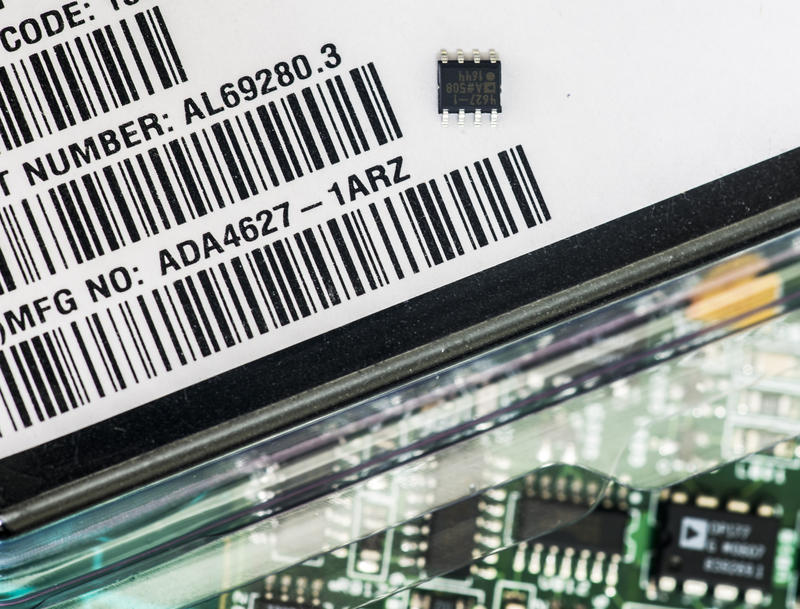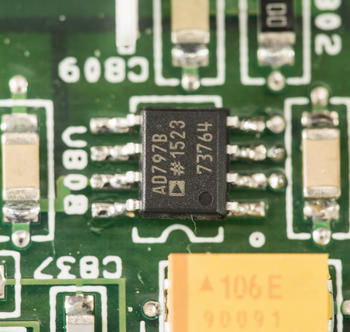It’s known that Model 2002 while being 8½ DMM is not as low noise, compared to king of the hill, HP 3458A. There are some performance evaluation articles published on this topic, like one from BNL Yongbin Leng and forum thread by lymex.

Is it possible to improve readout performance on long scale for 2002? Let’s try some experiments as highlighted below and perform some tests
All tests would be performed on shorted inputs, with syncronous autozero, line sync enabled and in 10 minutes of readout capture.
First let’s take a brief look on vendor’s specification for zero stability:

As expected, best performance is listed for primary 20V Range. ±1 count, sounds great! But wait, it’s with 7½-digit mode resolution, which effectively transfers to 10 counts for 8½ mode, is it not? We are testing 8½ meter after all, so expected to see full specification for highest resolution as well. Obviously, Keithley also knew their zero stability could be better..
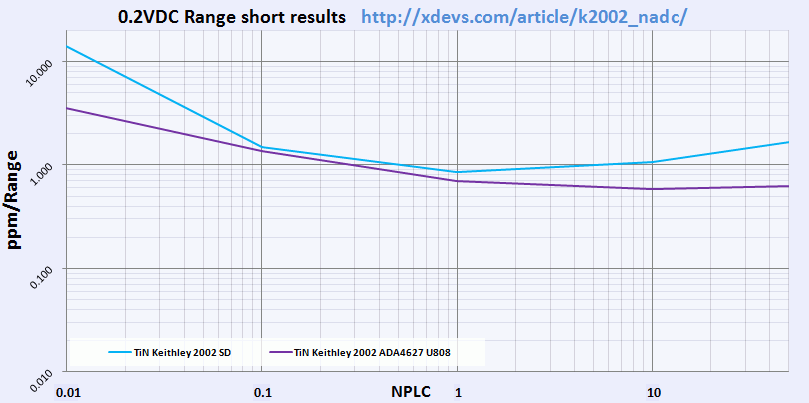
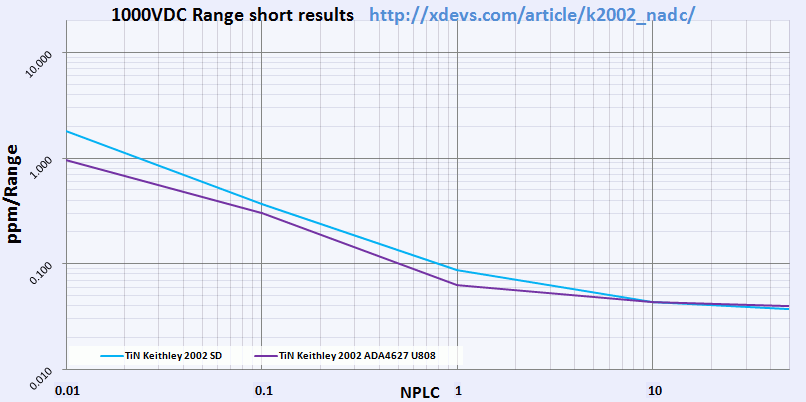
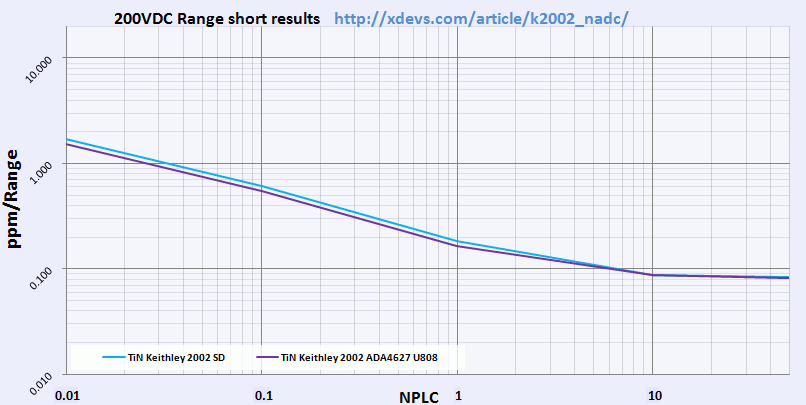
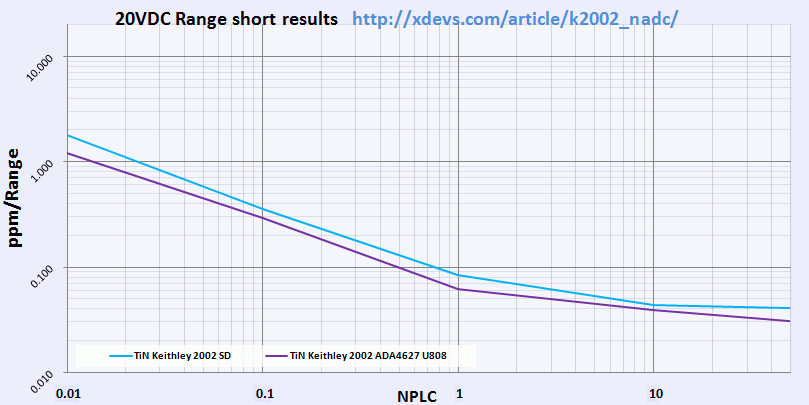
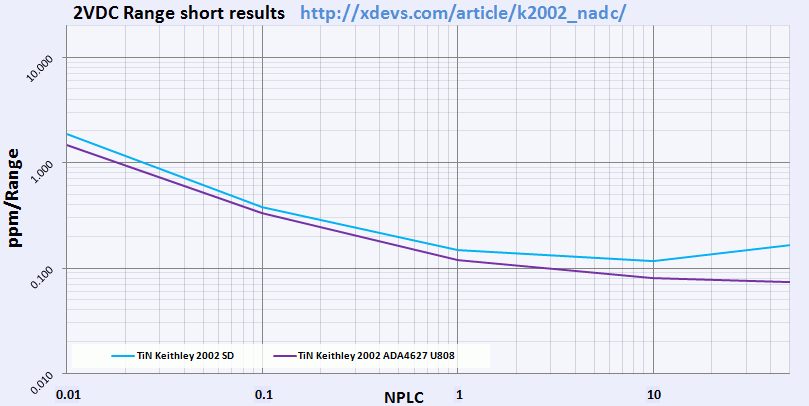
Ground level for multi-slope ADC charge switching is generated by buffer, which is Analog Device’s AD711, precision, low Cost, BiFET Op Amp. It’s a good device, but not really low noise one.
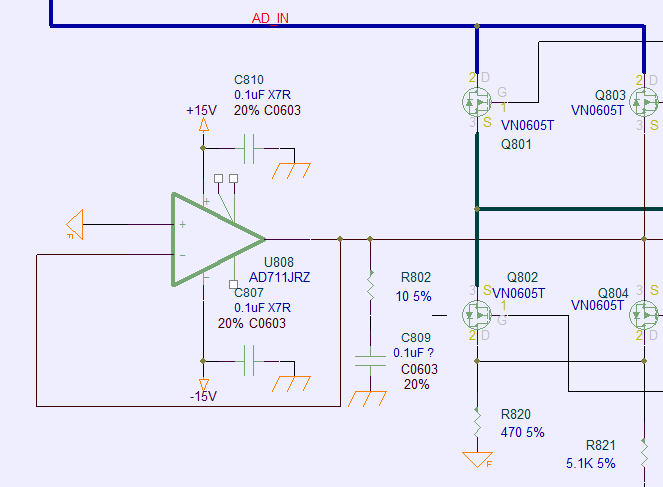
On ADC PCB this U808 is located right near board connector, in little SO-8 package:
We can just easily remove it with care and swap to new opamp, such as Analog Device ADA4627-1ARZ, Low Noise, Low Bias Current, JFET Op Amp
After removal AD711JRZ with ERSA soldering iron set at 260°C, clean PCB with pure alcohol and install new chip. Make sure all pads soldered nicely and without flux or dirt around.
Now meter fully assembled, powered up and let sit for 2 hours to reach thermal equilibrium.
Another option is Analog Device’s AD797BRZ, Ultralow Distortion, Ultralow Noise Op Amp
Projects like this are born from passion and a desire to share how things work. Education is the foundation of a healthy society - especially important in today's volatile world. xDevs began as a personal project notepad in Kherson, Ukraine back in 2008 and has grown with support of passionate readers just like you. There are no (and never will be) any ads, sponsors or shareholders behind xDevs.com, just a commitment to inspire and help learning. If you are in a position to help others like us, please consider supporting xDevs.com’s home-country Ukraine in its defense of freedom to speak, freedom to live in peace and freedom to choose their way. You can use official site to support Ukraine – United24 or Help99. Every cent counts.
Modified: Nov. 9, 2015, 3:41 a.m.

